By Joe Gresh
One of the reasons we got such a good deal on The Ranch©️ in New Mexico is its location. Perched on the side of the Sacramento Mountains, the land is steep. Any flat areas are man-made so when you want to build a greenhouse, you’ve got to move some earth.

Terracing is much easier than removing the mountain so that’s what we’ve been doing. The little cabin we live in is on a terraced spot down by the arroyo. The shed is higher up on another terraced spot.
There’s a great location for a greenhouse behind our shack and down closer to the arroyo. The spot gets plenty of winter sun and it’s protected in most directions from wind. It’s so low I suspect it may flood in heavy rains.

Unfortunately, the location is hard to get to. A while back I made a set of stairs to access the location but there’s no way to get the Kubota tractor down the stairs. I actually could get it in position via another route but it would require cutting a bunch of trees. I don’t want to cut trees.
That leaves hand digging. The ground is not too bad to dig. It’s much easier than the front of the house where I put a driveway. Down in the arroyo the ground is a combination of hard topsoil, mid-sized rocks and some whitish, proto-rock stuff that crumbles with a sharp blow from a 2-pound sledgehammer.

The process is: I break up the top layer with an electric, 35-pound jackhammer (powered by the Harbor Freight Tailgator generator), then I use a round point shovel to move the loosened soil into a wheel-buggy. A little work with a pick dislodges the larger rocks. Aside from a few tree roots, it’s the best digging I’ve encountered on the property.
Since the area is so steep I’m bulkheading off lower regions with some old roll-up garage doors and using the removed earth to level a larger pad. It’s like getting free land. I plan to fill about two feet deep of as large an area as I have dirt for.
This sounds like a lot of work and it is. I take it slow and steady. It’s really no worse than going to a gym to work out and you get the added benefit of a flat spot on your ranch.
The greenhouse is a cheap Vevor 10-foot x 20-foot hoop style. The hoops are 1-inch tubing that are assembled like tent posts. A through bolt holds the pieces together. The cover is a greenish plastic material reinforced with what looks like thread. I think the cover will last a couple years if we don’t get a hailstorm. It’s not a heavy-duty unit.

The foundation will be heavy duty. I’m building a two-block high pony wall to set the greenhouse on. The blocks are dry stacked, poured solid, and they sit on a 4-inch-thick footer. The footer has rebar to keep it together when it cracks. I’ve set some 1/2-inch j-bolts into the block cavities to secure the wood sill that I will screw the greenhouse tubing into.
The foundation is overkill because I’m assuming the Vevor won’t last long and I’ll be scratch building anothergreen house one day. In the meantime, I’ll practice my green thumb.
As the project progresses, I’ll post updates. There will be solar power and a water catchment system making the greenhouse off-grid. For those of you wanting to build your own greenhouse my advice is to start with level ground.
Join our Facebook ExNotes page!
Never miss an ExNotes blog:



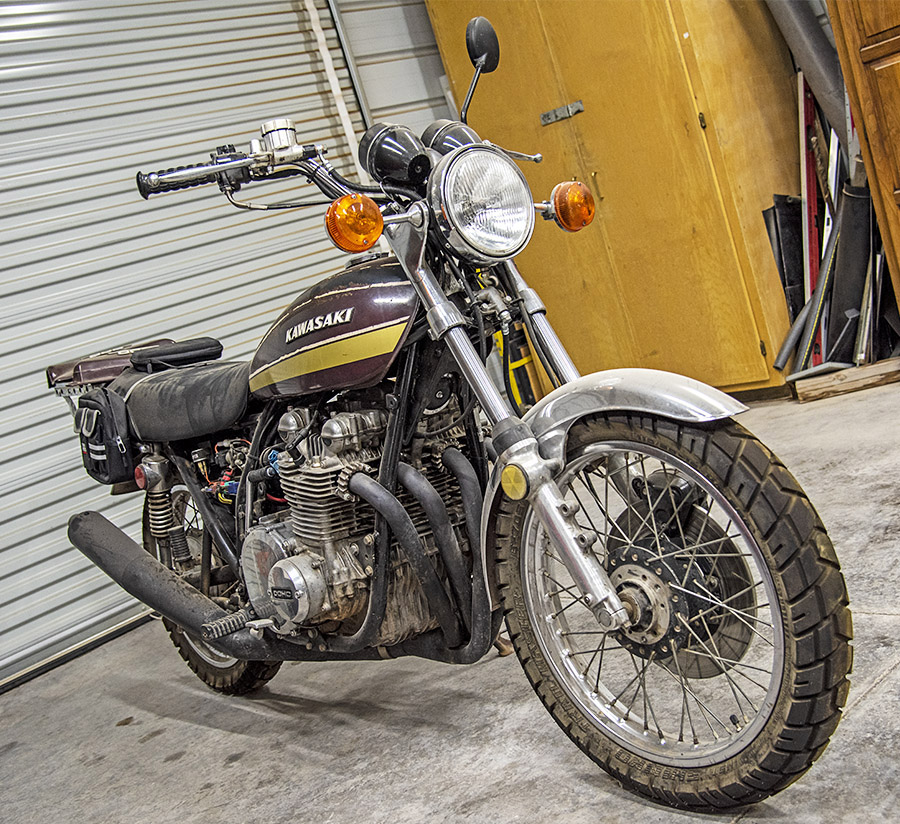

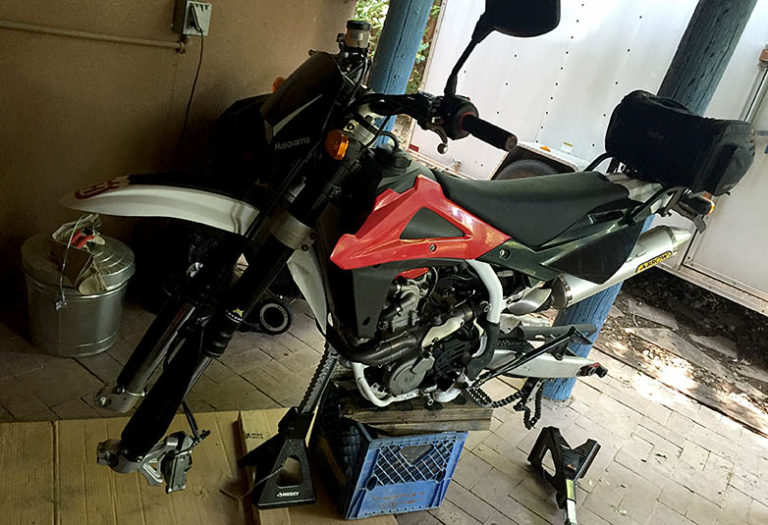






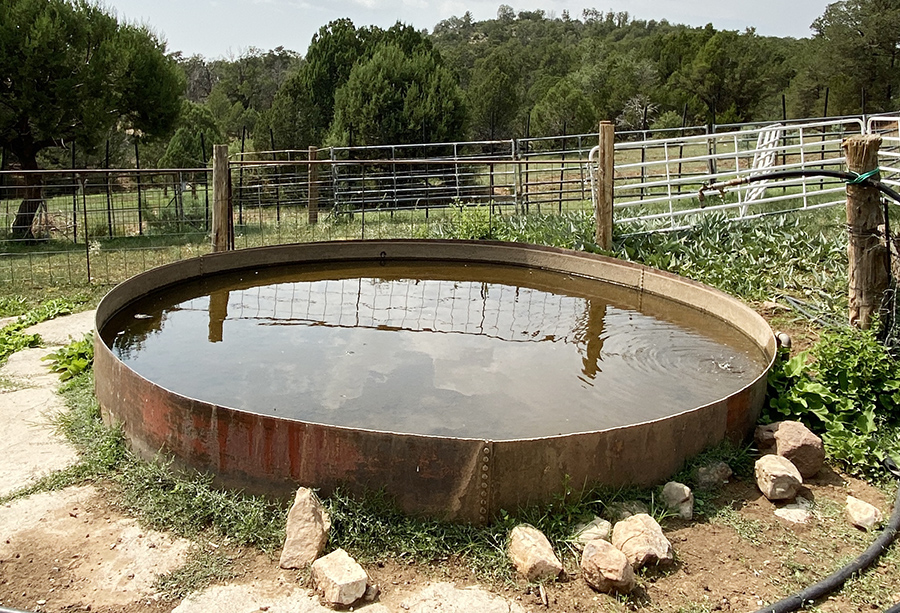
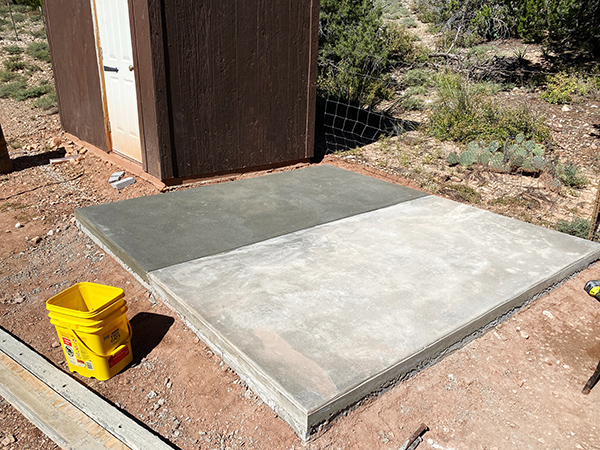

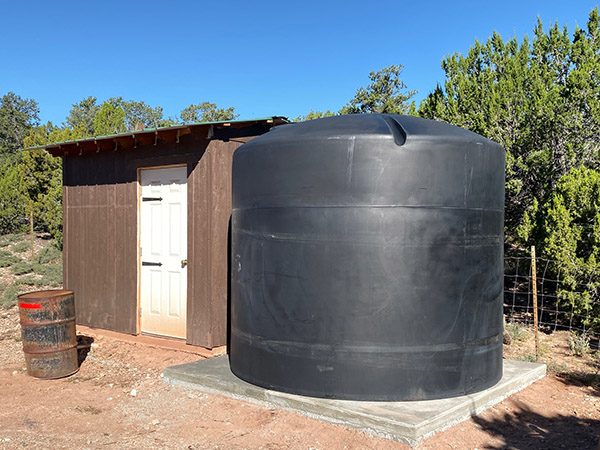
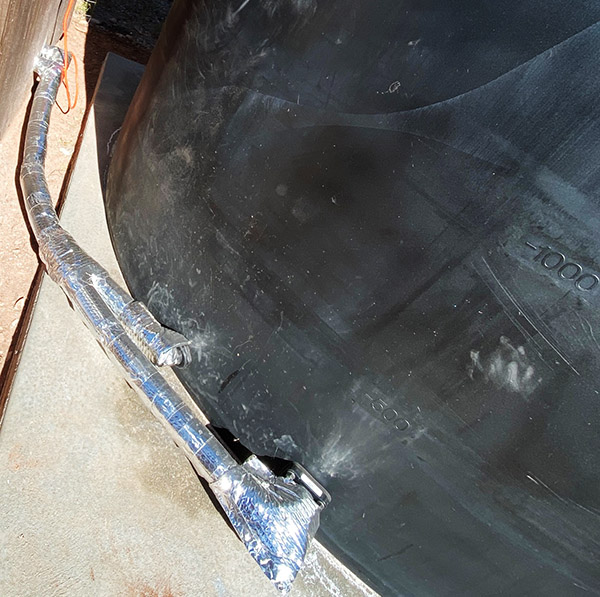

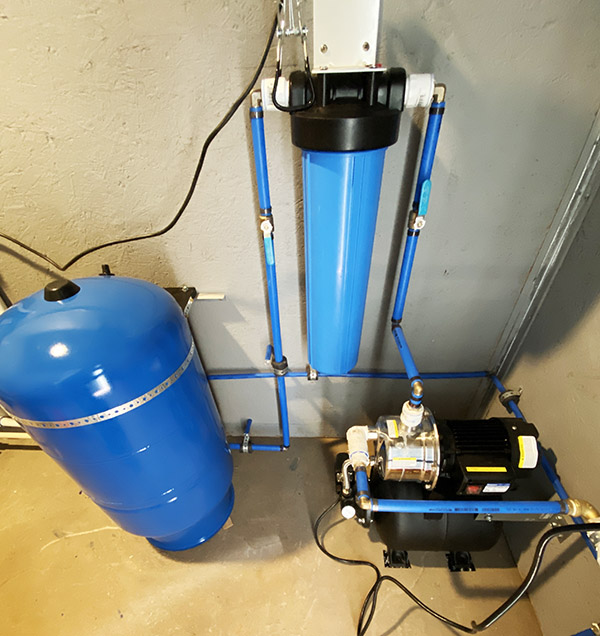
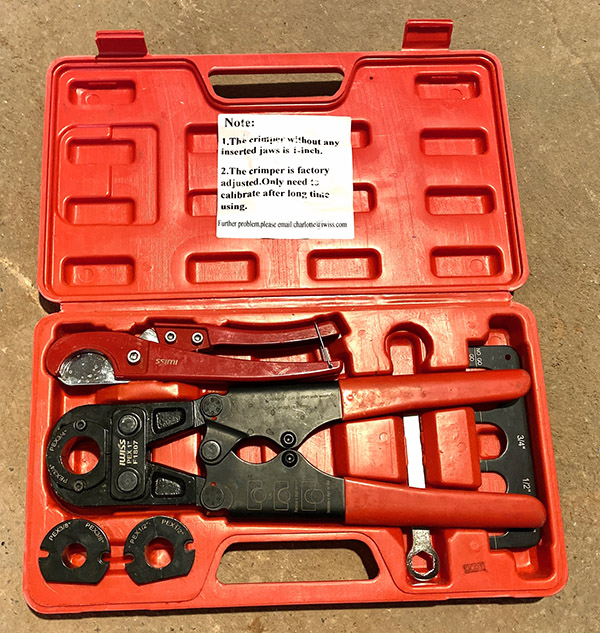
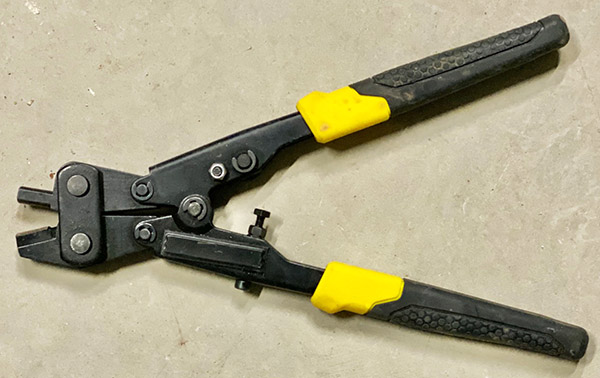
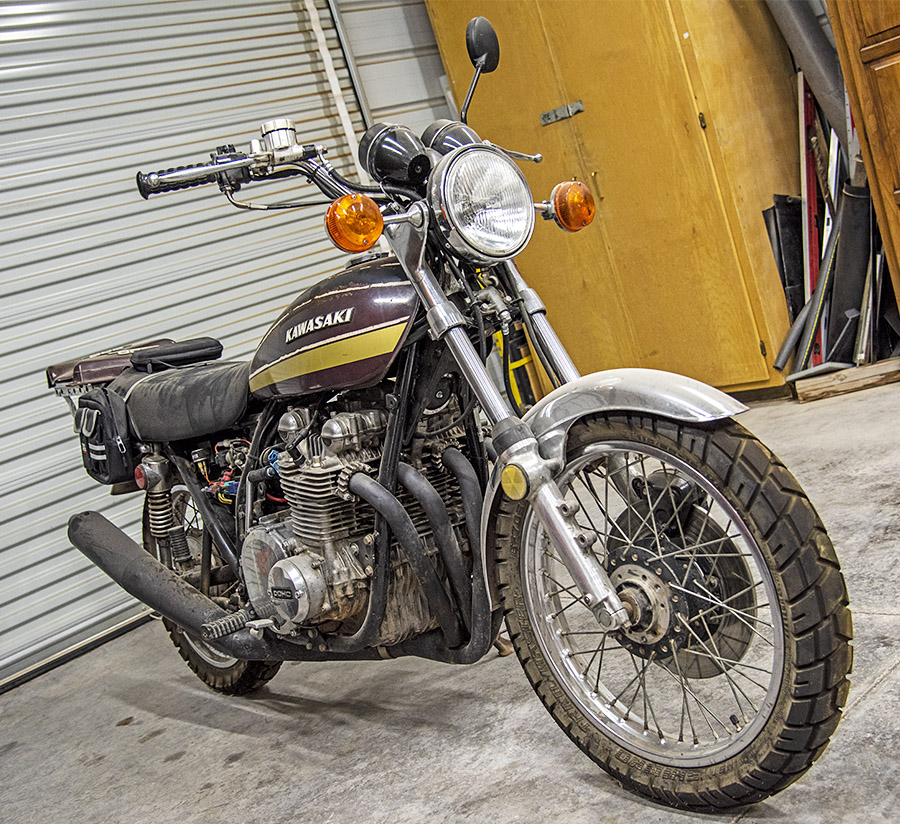
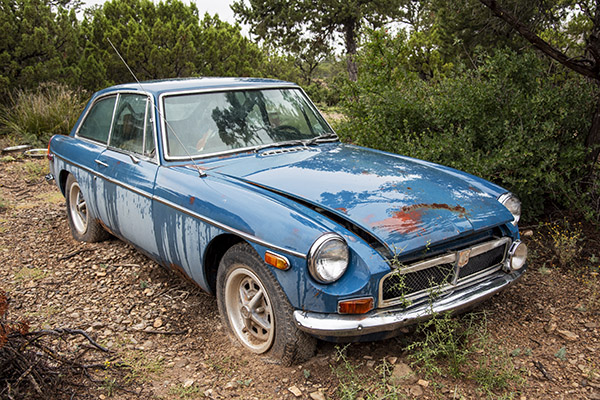
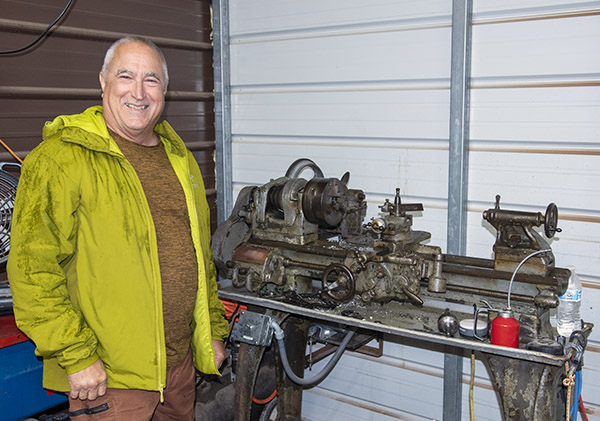
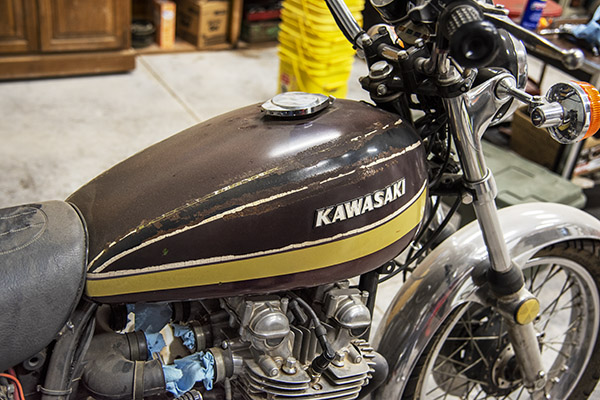

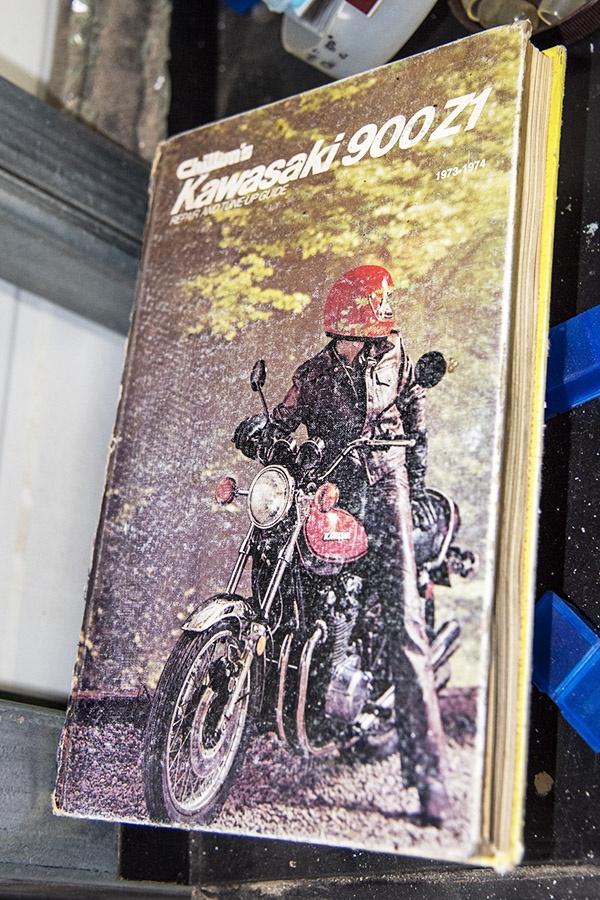
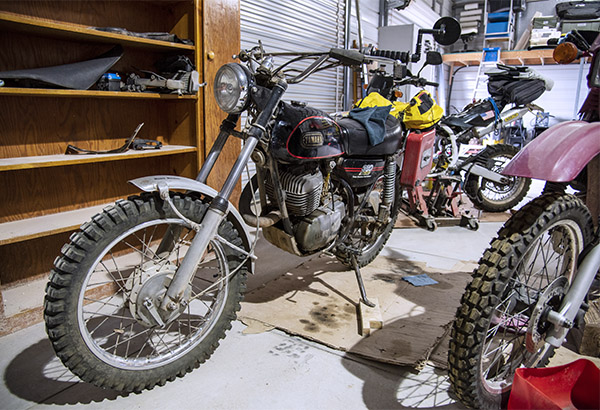
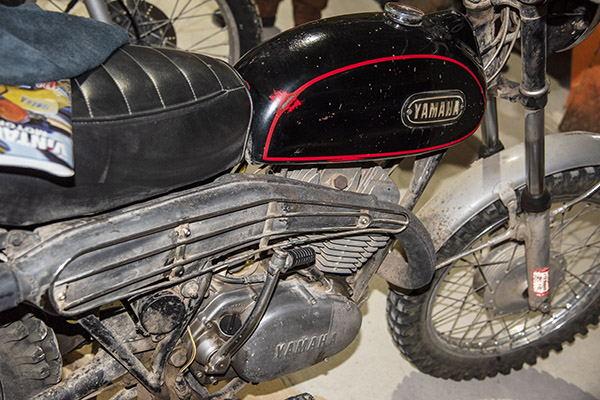
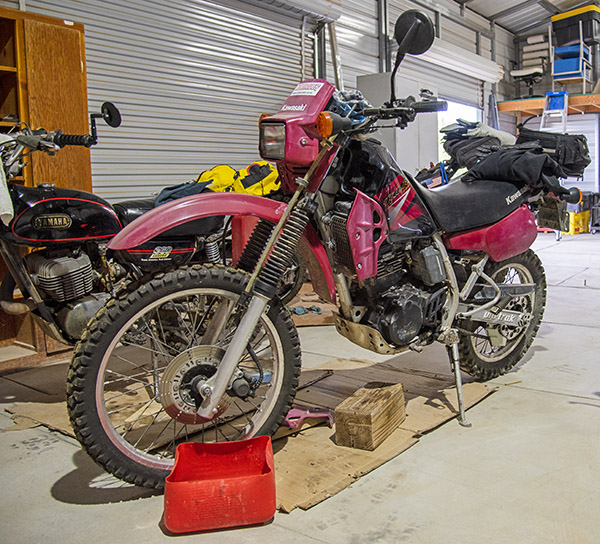
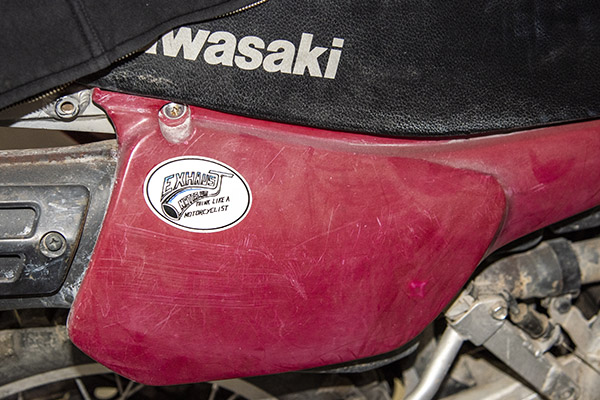

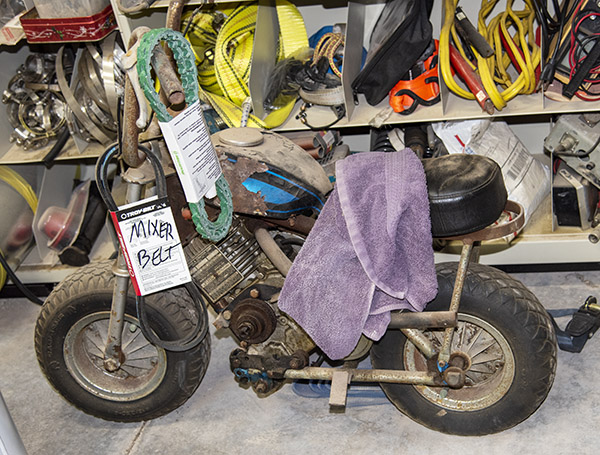
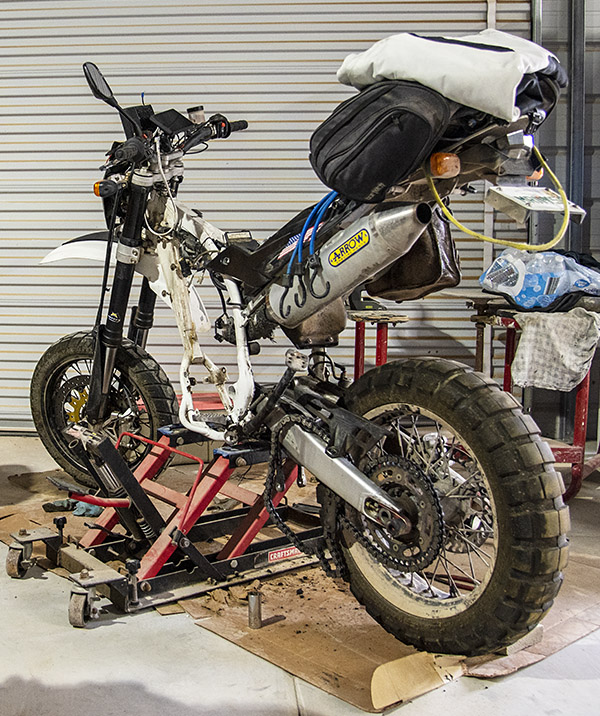
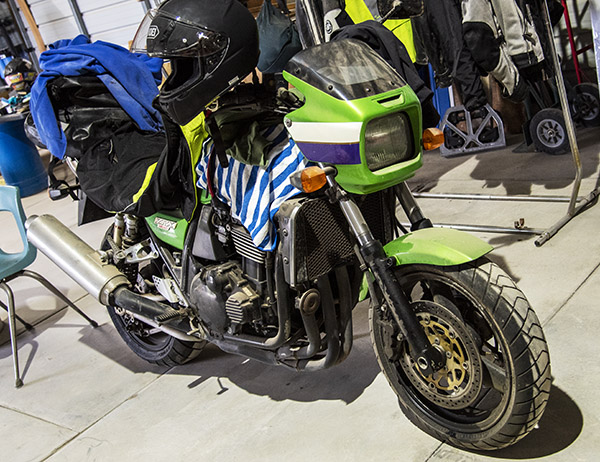
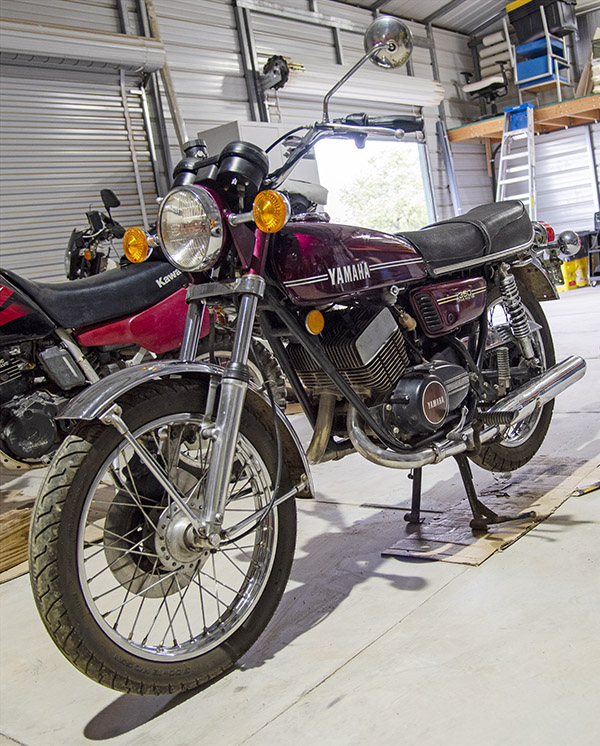
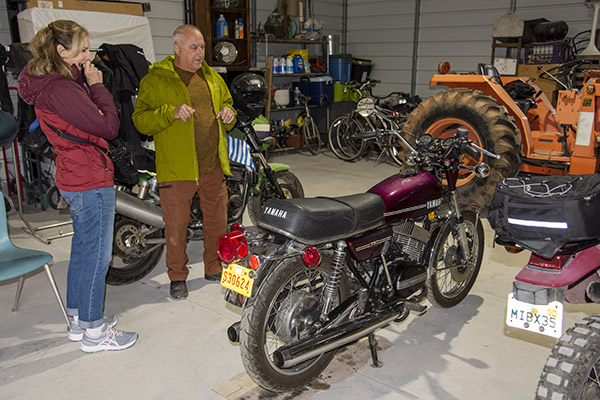


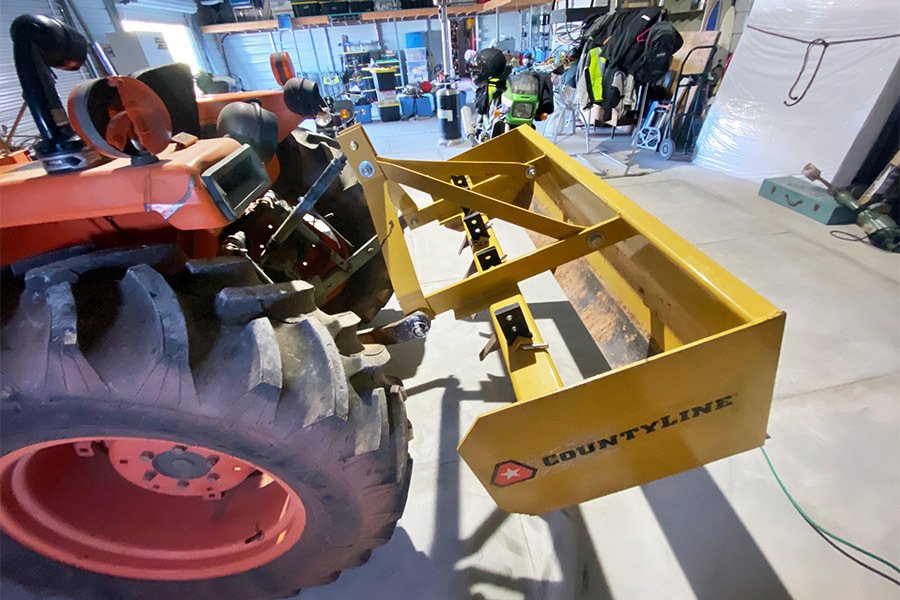





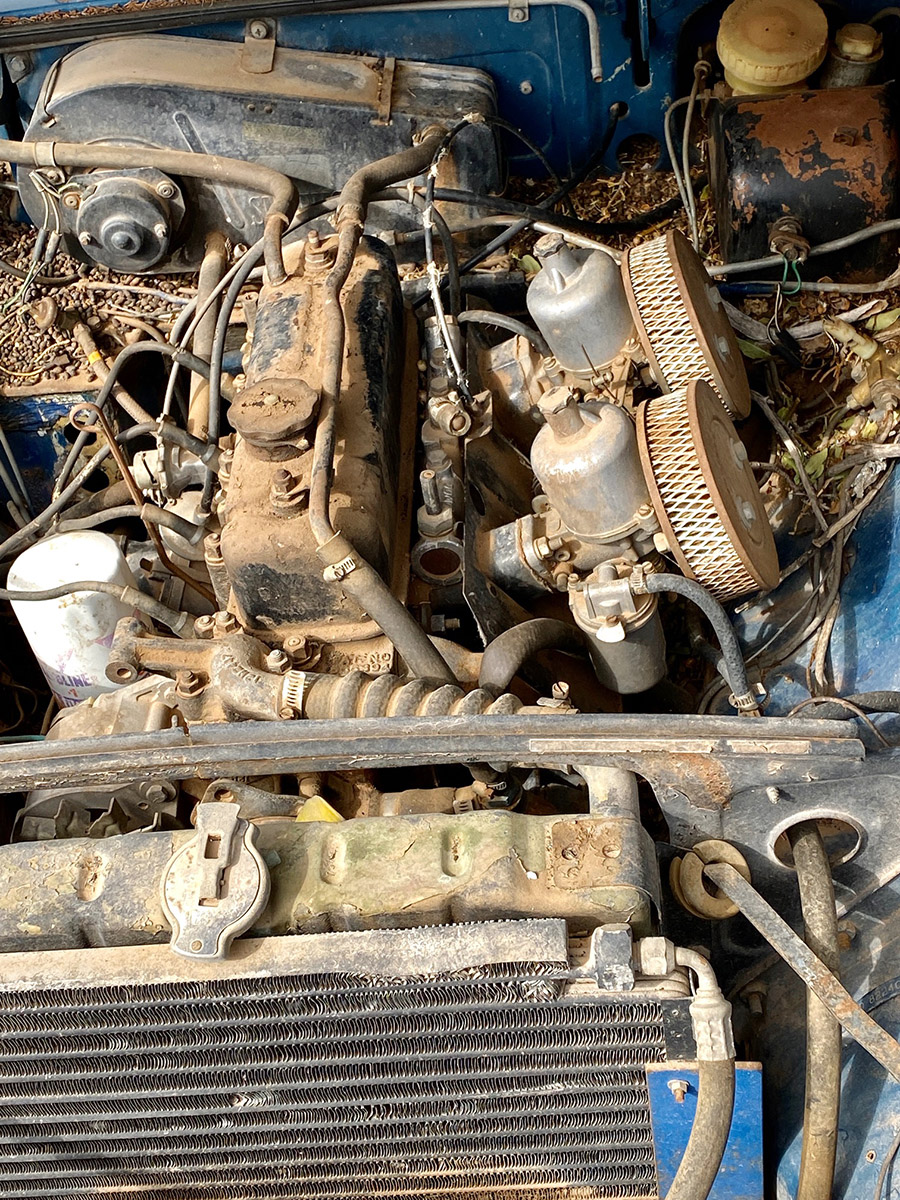
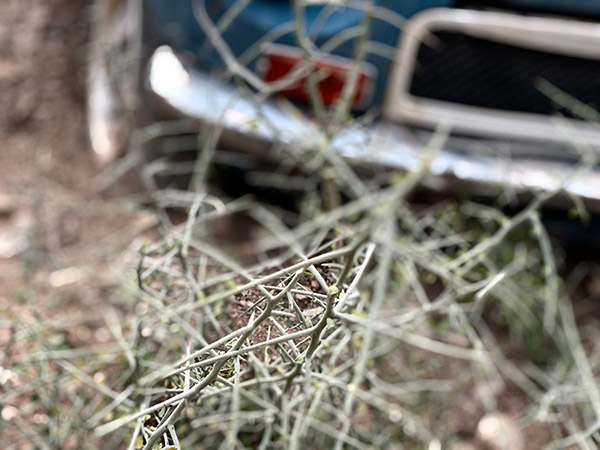
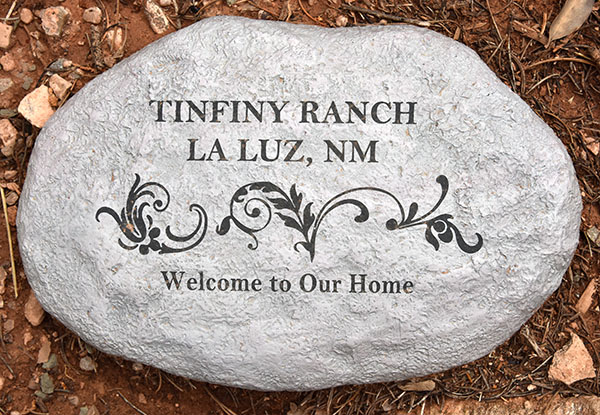
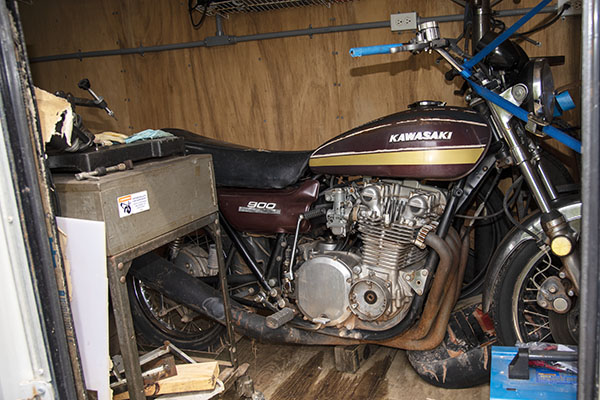
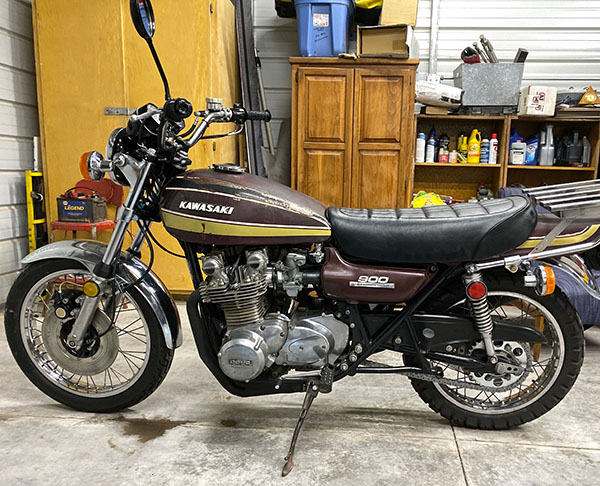
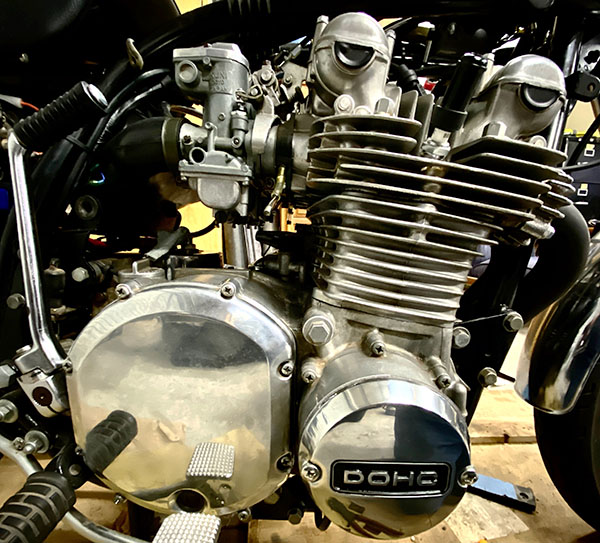
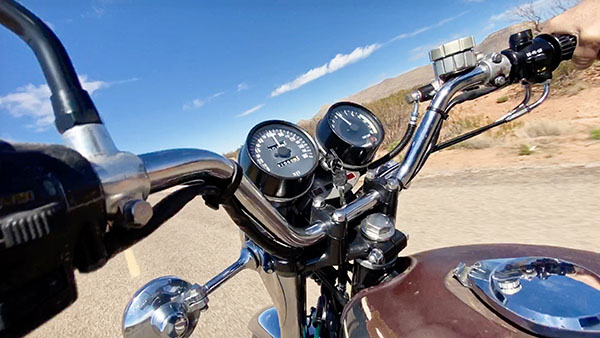
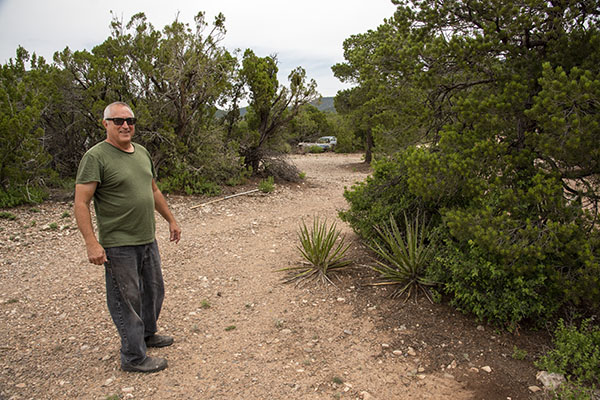
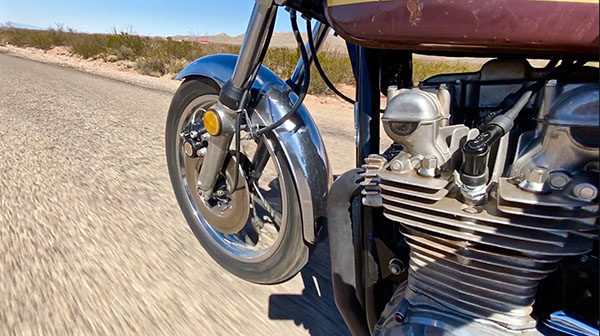
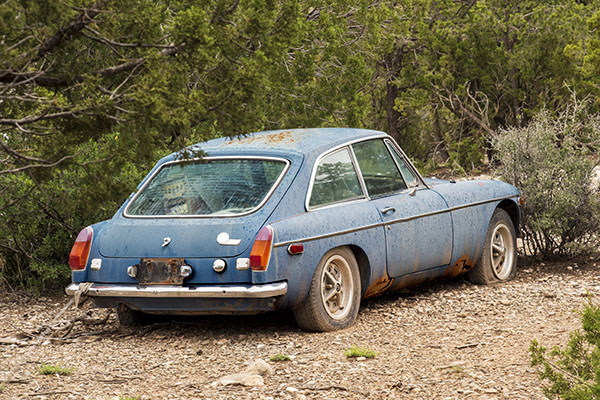
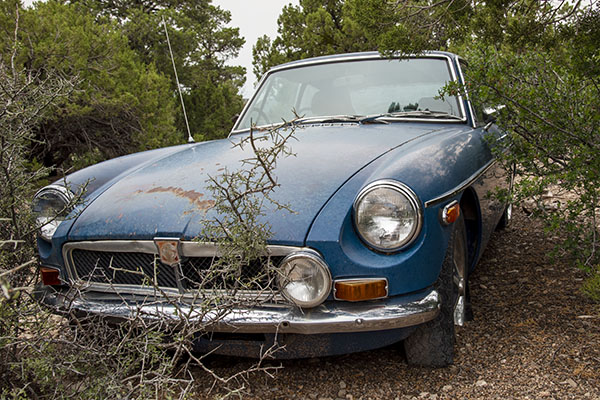
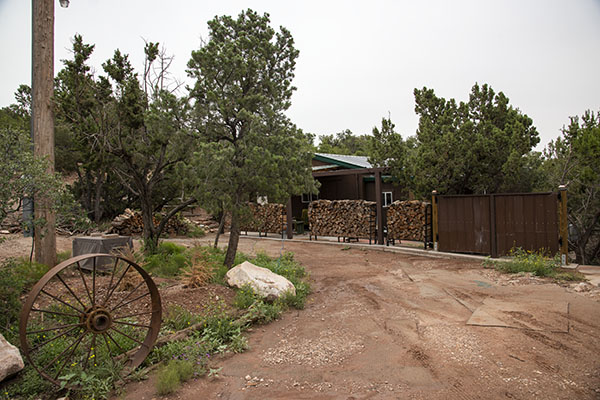
 Here at ExhaustNotes.us we are all about the motorcycle, with a smattering of gunplay and interesting adventure destinations thrown in to keep the place hopping. But what if there were no bikes, adventures or bullets? What then? Keep reading and I’ll tell you what then, Bubba.
Here at ExhaustNotes.us we are all about the motorcycle, with a smattering of gunplay and interesting adventure destinations thrown in to keep the place hopping. But what if there were no bikes, adventures or bullets? What then? Keep reading and I’ll tell you what then, Bubba.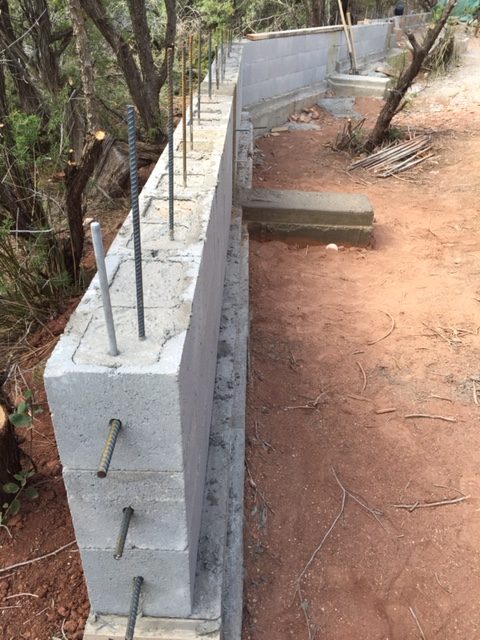 Situated in the steep-ish foothills of the Sacramento Mountains, Tinfiny Ranch is slowly bleeding into the arroyo, you know? You put down your cold, frosty beer and the next thing you know your Stella is halfway to White Sands National Monument. On the lee side of The Carriage House we’ve lost a good 18-inches of mother earth because while it doesn’t rain often in New Mexico when it does rain it comes down in buckets. This sudden influx of water tears through Tinfiny Ranch like freshly woken kittens and sweeps everything in its path down, down, down, into the arroyo and from there on to the wide, Tularosa Valley 7 miles and 1500 feet below. Claiming dominion over the land is not as easy as they make it sound.
Situated in the steep-ish foothills of the Sacramento Mountains, Tinfiny Ranch is slowly bleeding into the arroyo, you know? You put down your cold, frosty beer and the next thing you know your Stella is halfway to White Sands National Monument. On the lee side of The Carriage House we’ve lost a good 18-inches of mother earth because while it doesn’t rain often in New Mexico when it does rain it comes down in buckets. This sudden influx of water tears through Tinfiny Ranch like freshly woken kittens and sweeps everything in its path down, down, down, into the arroyo and from there on to the wide, Tularosa Valley 7 miles and 1500 feet below. Claiming dominion over the land is not as easy as they make it sound. After the wall is up the resulting divot will require filling with dirt. I have lots of dirt on Tinfiny Ranch; the conundrum is where to borrow it from without causing even more erosion. I’m hoping that leveling the back yard will provide most of the needed fill.
After the wall is up the resulting divot will require filling with dirt. I have lots of dirt on Tinfiny Ranch; the conundrum is where to borrow it from without causing even more erosion. I’m hoping that leveling the back yard will provide most of the needed fill.